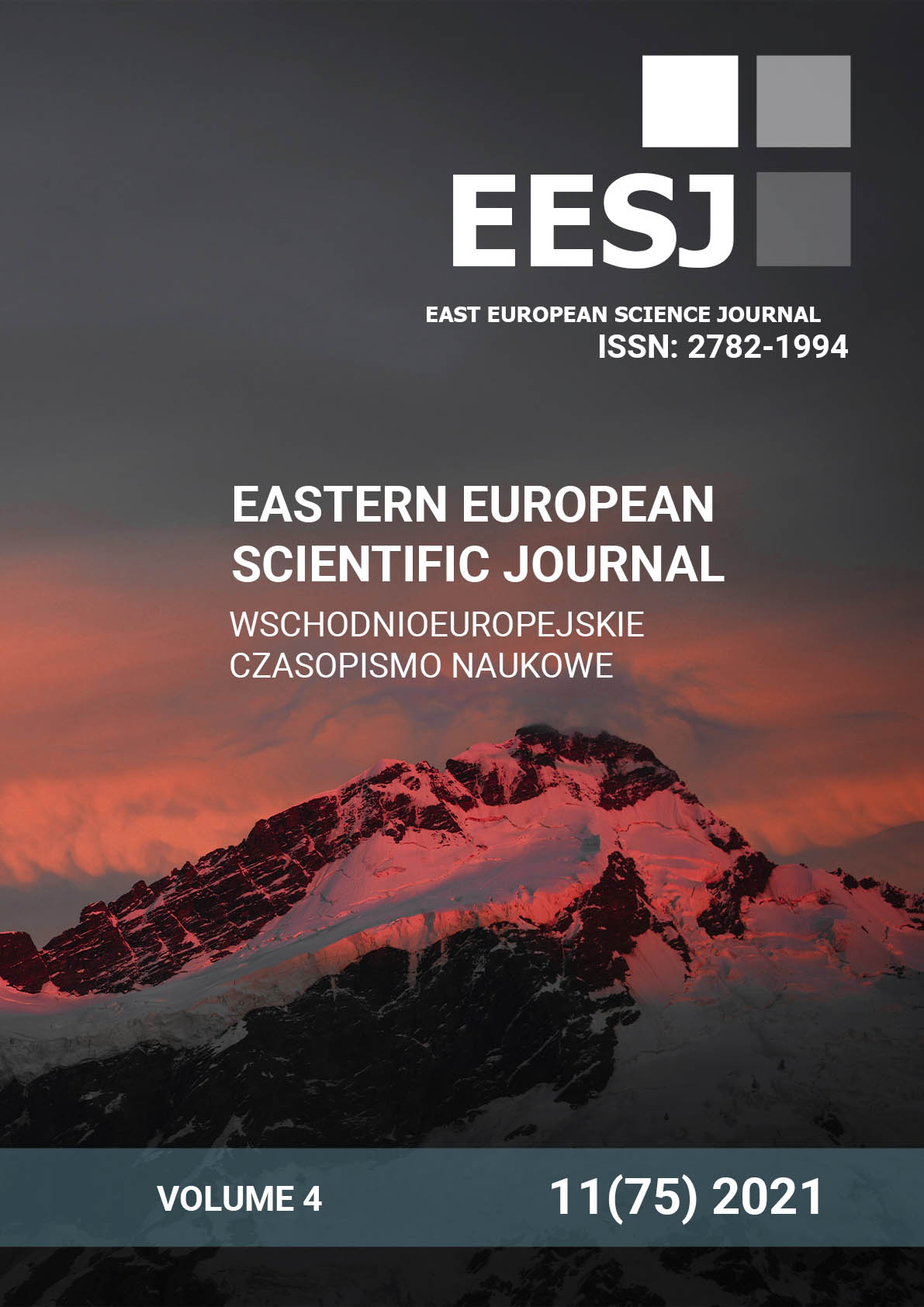ВЫСОКОТЕМПЕРАТУРНАЯ КОНСОЛИДАЦИЯ КАК СПОСОБ УПРАВЛЕНИЯ СТРУКТУРОЙ НАНОПРИСТЫХ СТЕКОЛ
DOI:
https://doi.org/10.31618/ESSA.2782-1994.2021.4.75.178Ключевые слова:
пористое стекло, нанопристое стекло, структура, консолидация, электронная микроскопияАннотация
Нанопористое стекло – матрица для композиционных оптических материалов, в которой путем импрегнирования различных активаторов возможно инициировать появление нехарактерных для композиционных материалов свойств. При этом основной параметр структуры нанопористого стекла – пористость, можно контролировать методом высокотемпературной консолидации. В данной работе мы изучили влияние температурной консолидации на структуру пористого стекла
Библиографические ссылки
Levitz P. et al. Porous Vycor glass: The microstructure as probed by electron microscopy, direct energy transfer, small‐angle scattering, and molecular adsorption //The Journal of chemical physics. – 1991. – Т. 95. – №. 8. – С. 6151-6161.
Komandin G. A. et al. Effect of moisture adsorption on the broadband dielectric response of SiO2-based nanoporous glass //Journal of Applied Physics. – 2019. – Т. 126. – №. 22. – С. 224303.
Mazilu C. et al. Nanoporous glass in Na2OB2O3-SiO2 oxidic system, for potential biomedical applications //Journal of optoelectronics and advanced materials. – 2007. – Т. 9. – №. 7. – С. 2036-2040.
Shakhgil’dyan G. Y. et al. Nanoporous glass with controlled pore size for high-efficiency synthesis of oligonucleotides //Glass and Ceramics. – 2019. – Т. 75. – №. 9-10. – С. 377-382.
Xia J. et al. Rare-earth doped silica microchip laser fabricated by sintering nanoporous glass //Optics letters. – 2005. – Т. 30. – №. 1. – С. 47-49.
Fedotov S. S. et al. 3-bit writing of information in nanoporous glass by a single sub-micro second burst of femtosecond pulses //Optics letters. – 2018. – Т. 43. – №. 4. – С. 851-854.
Lipatiev A. S. et al. Multilevel data writing in nanoporous glass by a few femtosecond laser pulses //Applied Optics. – 2018. – Т. 57. – №. 4. – С. 978-982.
Fedotov S. S. et al. Laser-induced cavities with a controllable shape in nanoporous glass //Optics Letters. – 2020. – Т. 45. – №. 19. – С. 5424-5427.
Barbillon G. Latest Novelties on Plasmonic and Non-Plasmonic Nanomaterials for SERS Sensing //Nanomaterials. – 2020. – Т. 10. – №. 6. – С. 1200.
Sharma B. et al. SERS: Materials, applications, and the future //Materials today. – 2012. – Т. 15. – №. 1-2. – С. 16-25.
Pan Z. et al. Surface‐enhanced Raman probing of biomolecules using Ag‐coated porous glass‐ceramic substrates //Journal of Raman Spectroscopy – 2005. – Т. 36. – №. 11. – С. 1082-1087.
de Barros Santos E., Sigoli F. A., Mazali I. O. Metallic Cu nanoparticles dispersed into porous glass: A simple green chemistry approach to prepare SERS substrates //Materials Letters. – 2013. – Т. 108. – С. 172-175.
Zou W. et al. Porous alumina aerogel with tunable pore structure for facile, ultrasensitive, and reproducible SERS platform //Journal of Raman Spectroscopy. – 2019. – Т. 50. – №. 10. – С. 1429-1437.
Загрузки
Опубликован
Выпуск
Раздел
Лицензия

Это произведение доступно по лицензии Creative Commons «Attribution-NoDerivatives» («Атрибуция — Без производных произведений») 4.0 Всемирная.
CC BY-ND
Эта лицензия позволяет свободно распространять произведение, как на коммерческой, так некоммерческой основе, при этом работа должна оставаться неизменной и обязательно должно указываться авторство.




